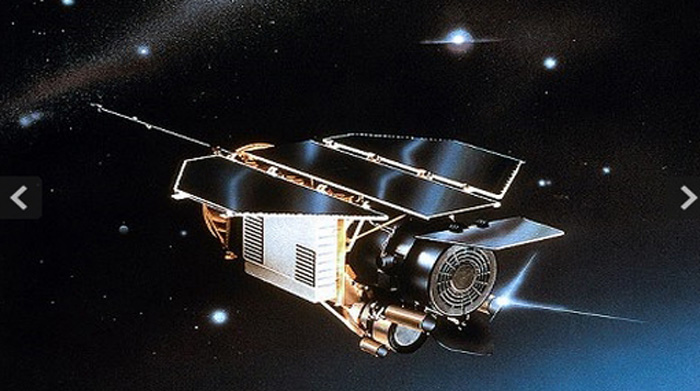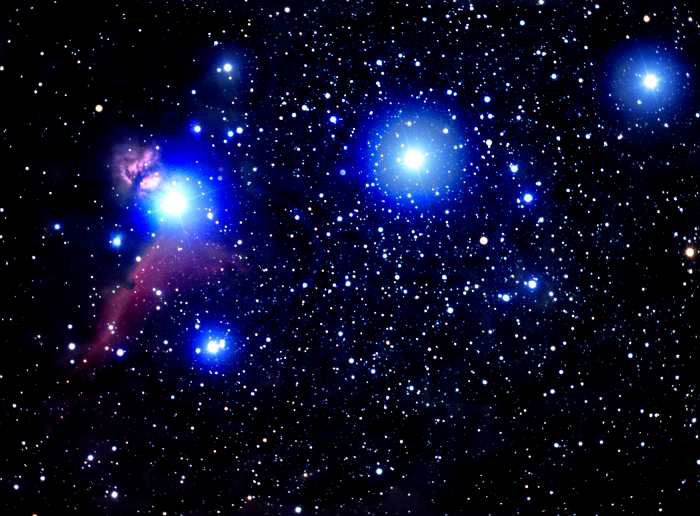Scientists calculate that the device, which was the size of a bus, could have disintegrated in close to 30 pieces when returning to the atmosphere, leaving the collision place unknown.
"This satellite performed important scans to the planet. Its main function was to detect sources of soft X rays, as astronomers call them, in the space, in places such as stars, supernova remaining, active nuclei of the galaxies, among others," asserted Gregorio Portilla, professor of the Observatory of Universidad Nacional de Colombia.
According to Portilla, the first satellites of this type, for the detection of X rays, were sent to space in the 70s, however, the Rosat, launched in 1990, contributed to the measurement of these rays. " it was famous among those who work in active nuclei, and we obtained a lot of data from it, however, currently we have much more modern satellites that offer this type of information with a better resolution power," asserted the expert.
This satellite also proved the power of the German aerospace industry initiated during the Second World War, with the development of the first ballistic missiles.
According to the German Aerospace Center, the Rosat used to circle the Earth every 90 minutes and weighted 2.69 tons.
It was also used to study black holes and neutron stars.
 Correo Electrónico
Correo Electrónico
 DNINFOA - SIA
DNINFOA - SIA
 Bibliotecas
Bibliotecas
 Convocatorias
Convocatorias
 Identidad UNAL
Identidad UNAL





